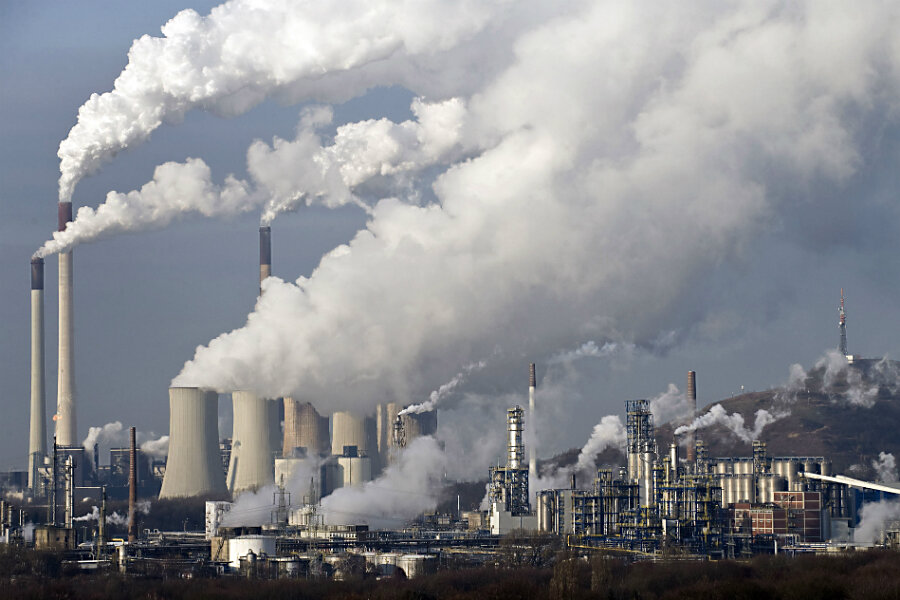Meltdown of the Antarctic ice sheet: Can cities adapt to rising seas?
Loading...
Burning all of the world’s available fossil-fuel reserves would completely melt the Antarctic ice sheet, say researchers, triggering a 150 to 200 foot rise in ocean levels that would flood some of the world’s biggest cities.
On the other hand, if global warming does not exceed 2 degrees Celsius (3.6 degrees F), Antarctica’s long-term contribution to sea-level rise might be restricted to less than 10 feet, according to a paper in the current issue of Science Advances.
But blowing past that threshold would in the long run destabilize both West and East Antarctica. melting the entire continent-covering glacier and causing sea-level rises that would reshape coastal regions for thousands of years to come, warn the authors.
"If we don't stop dumping our waste CO2 into the sky, land that is now home to more than billion people will one day be underwater," says study co-author Ken Caldeira, senior scientist at Stanford University's Carnegie Institution for Science.
New York City, Tokyo, Hong Kong, Shanghai, Calcutta, London, Paris, Rome, Washington and Hamburg would all be swallowed by the ocean, along with countless smaller cities.
Last month, NASA scientists issued a statement saying rising sea levels are unavoidable and more dangerous than thought:
The rise is due to two factors, say scientists. For one, when water heats up, it expands. So when the ocean warms, sea level rises. Secondly, ice melts when exposed to heat, and when ice on land melts and runs into the ocean, sea level rises.
[Currently, about] one-third of sea level rise is caused by warming ocean water, one-third is due to ice loss from the Greenland and Antarctic ice sheets, and the remaining third comes from melting mountain glaciers, say scientists.
As temperatures continue to rise, the ice loss from the continental glaciers on Greenland and the much larger Antarctica could dwarf the other factors.
Half the world's population lives within 40 miles of the ocean, and three-quarters of all large cities are located on the coasts, according to the UN.
In the Unites States, over 123 million people – 2 out of 5 Americans – lived in coastal shoreline counties in 2010, according to the US census bureau.
Low-lying cities across the world have worked to prepare for effects of rising sea levels. Cities such as London, Rotterdam, St. Petersburg, New Orleans, and Shanghai have all built levees and storm barriers in the past few decades to control floods.
The Netherlands, a geographically low-lying country, has successfully held back the sea for centuries. The country utilizes a system of surge barriers, dams, locks, and dikes along the seafront and at the mouths of rivers for flood protection.
Dutch policymakers are already addressing climate change with plans to heighten flood protection efforts throughout the country. Michael Kimmelman wrote for the New York Times,
Water management here depends on hard science and meticulous study. Americans throw around phrases like once-in-a-century storm. The Dutch, with a knowledge of water, tides and floods honed by painful experience, can calculate to the centimeter — and the Dutch government legislates accordingly — exactly how high or low to position hundreds of dikes along rivers and other waterways to anticipate storms they estimate will occur once every 25 years, or every 1,000 years, or every 10,000.
If nations fail to curb their fossil fuel emissions, cities around the world may need to learn from the Netherlands' example of how to survive below sea level.







